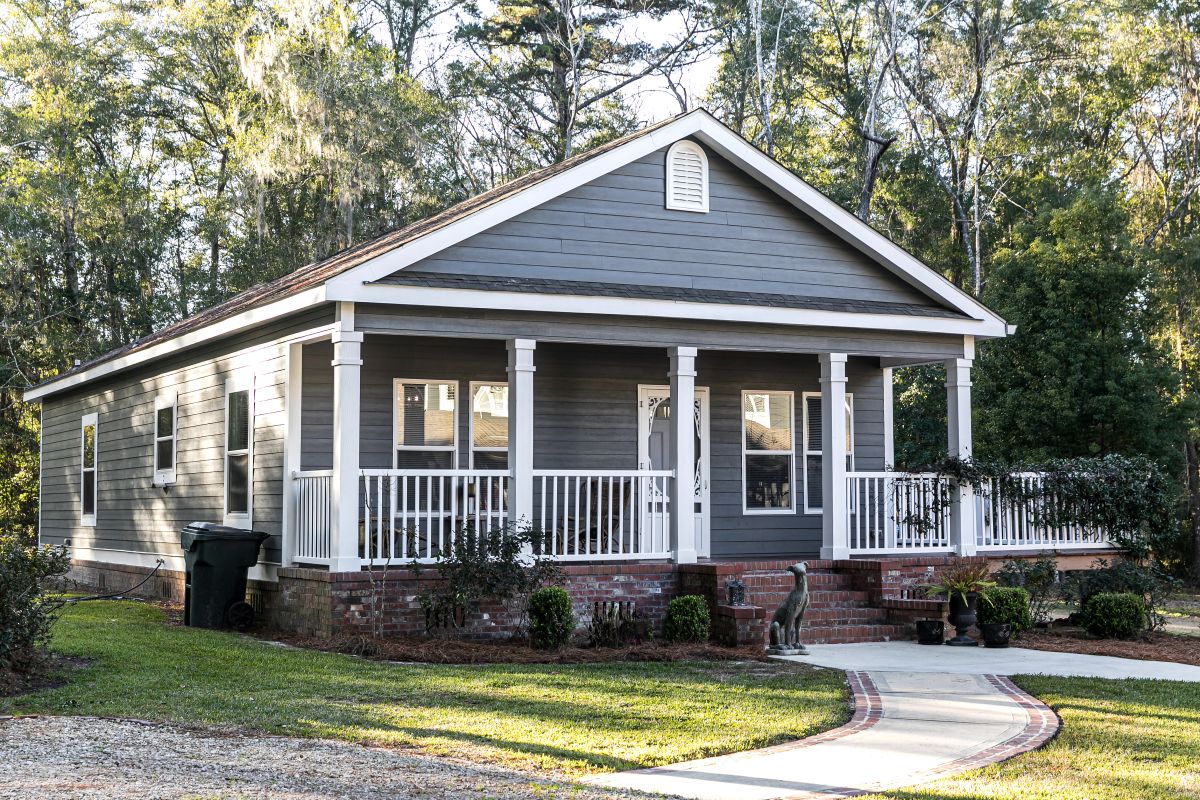If your vacation home spends most of the year empty, it might be time to turn it into something more profitable. Converting your second home into a long-term rental can help you build consistent income while keeping your property in use. In this blog, we’ll explain how to make the switch.
Converting Your Second Home to a Rental Property
Assessing Rental Market Potential
Before you make any changes, it’s important to understand the rental demand in your area. A few key indicators of a strong rental market include:
Steady local job growth and new businesses moving in
Proximity to schools, hospitals, or public transit
Similar homes in the neighborhood consistently rented out long-term
Review current listings, average rent prices, and vacancy rates. This will help you determine whether your property is likely to attract year-round tenants.
Preparing the Property for Year-Round Tenancy
Long-term tenants have different expectations from weekend guests. You’ll want to make sure the home is functional, safe, and comfortable for daily living. This might mean:
Updating older appliances and checking that all major systems work properly
Adding storage options and essentials like a washer and dryer
Addressing any deferred maintenance
Ensuring the home meets local rental codes or permitting requirements
From Vacation Rental to Steady Cash Flow
Adjusting Your Pricing and Lease Terms
Short-term rentals can bring in more per night, but they often come with gaps between bookings. A long-term lease offers reliable income. Take time to review comparable rental prices in your area and adjust your pricing to remain competitive. You may also want to offer flexible lease lengths or consider whether you’ll include utilities in the monthly rent.
Rental income must be reported, but you’ll also unlock a range of tax deductions. These can include maintenance costs, property management fees, insurance premiums, and even depreciation. If you previously used the home for personal vacations, the number of days you use it vs. rent it out may impact how the IRS classifies the property.
It's a good idea to consult with a tax advisor early on so you understand what records to keep and how to maximize your eligible deductions.
Attracting Long-Term, Reliable Tenants
Long-term rentals offer a more stable stream of income, fewer maintenance cycles, and less guest coordination. They also tend to attract more serious, responsible tenants. If you’re looking for consistency and a hands-off experience, year-round leasing is usually the better long-term investment.
Securing good tenants is key to reducing turnover and keeping your rental profitable. Write a clear and appealing listing, include professional photos, and be responsive to inquiries. Tenant screening is essential. Be sure to check credit, employment history, and past rental references before finalizing an agreement.
Streamlining Management and Operations
Hiring a Property Manager or Going DIY
Managing a rental takes time and attention. If you live far from the property or prefer a hands-off approach, hiring a property manager can be well worth the cost. They can handle maintenance requests, rent collection, tenant communication, and legal compliance.
If you choose to manage the property yourself, make sure you have a plan in place for repairs, emergencies, and regular upkeep.
Marketing Your Home for Year-Round Demand
A successful year-round rental needs consistent visibility. To attract qualified renters:
List on trusted platforms like Zillow, Apartments.com, or local rental sites
Highlight features like dedicated office space, energy efficiency, or pet-friendly policies
Keep the home clean, well-maintained, and photo-ready
Even if your property is in good shape, some upfront investment is often needed to convert it from a vacation home to a full-time rental. Budget for a deep clean, repainting high-traffic areas, and possibly replacing worn-out furniture with more durable, everyday pieces.
Appliances that were fine for occasional use may not hold up to year-round demand. You may also need to cover permit fees, minor renovations, or utility upgrades. Planning for these costs ahead of time helps prevent delays and keeps your property competitive.
Before advertising your home as a long-term rental, make sure you're compliant with local laws and any homeowners association (HOA) guidelines. If your home is part of an HOA, review the covenants to see whether rentals are permitted and whether there are limits on lease lengths. Taking care of these details up front ensures you avoid legal issues and can move forward confidently.
A second home doesn’t need to sit idle. With the right approach, you can turn it into a reliable source of income that works for you all year long. Whether you hire a property manager or take a DIY approach, thoughtful planning can turn your vacation spot into a long-term investment.


.png)